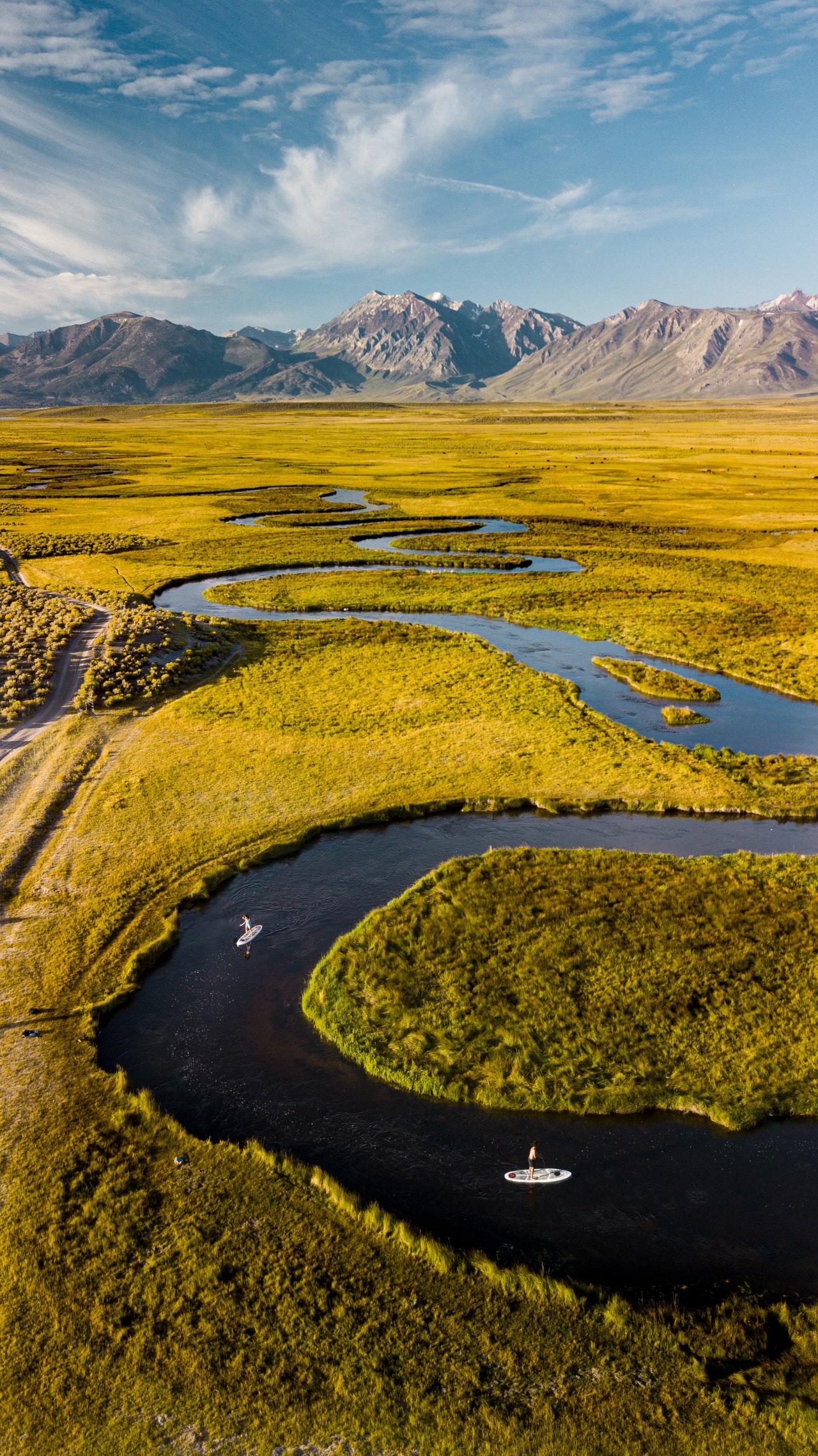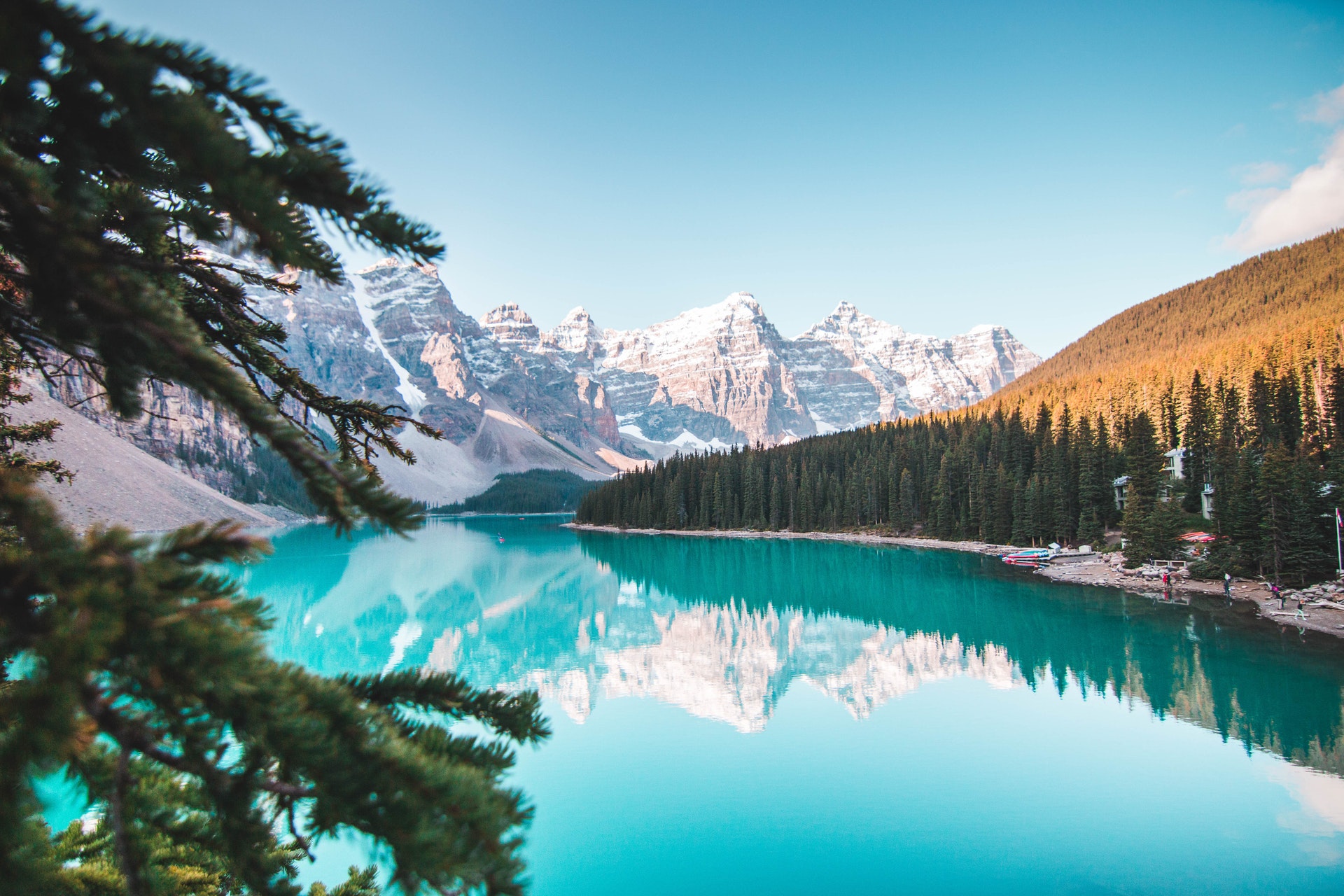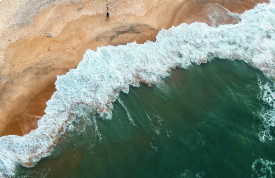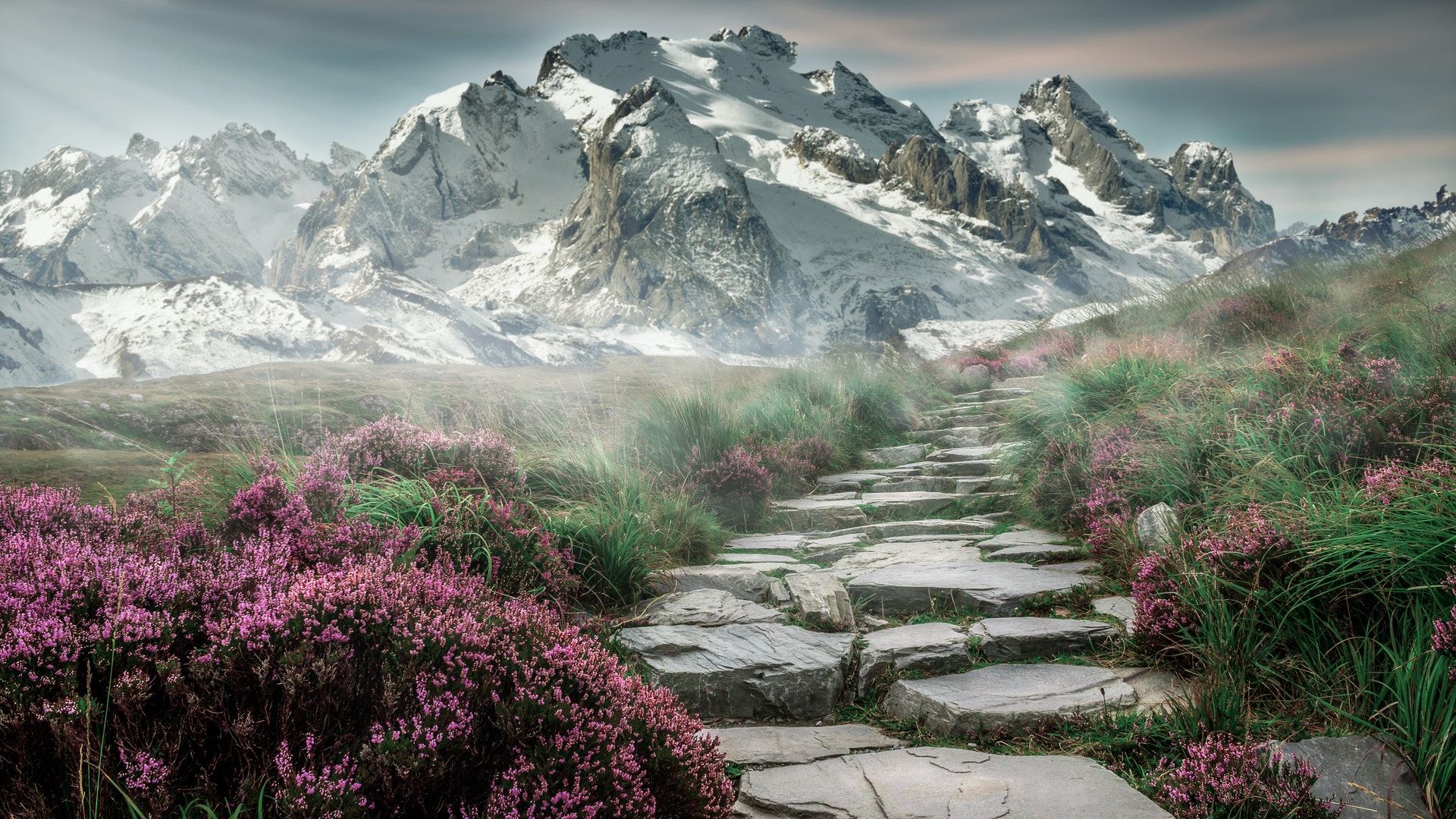
- Facilities
-
Programs
Pre-K (0-5 yrs)Youth (6-17 yrs)Adult (18+ yrs)
-
Parks/Beaches
ParksOutdoor Activities
- Rentals
- Projects/Planning
- Events
- About








Plants that are native to northern Illinois –those that evolved with the climate, people and creatures that emerged on the land after the last era of the Ice Age 10,000 years ago–are not only important to protect in our natural areas but can also be used to create a functional and beautiful landscape in our parks and around our homes and businesses.
There is increasing concern about the damage done by invasive plants, especially those that did not evolve in our geographical region. These non-native plants were brought here either deliberately or are introduced through natural forces (wind, water, soil movements) or people(through movement of goods, creation of corridors and escapes from agriculture and gardens).
Ravines are a unique habitat that occur along the southwestern shore of Lake Michigan. The climate in ravines differ from the surrounding areas because they are cooler and tend to be more shaded. Ravines are home to many unique plant and animal species that are not always found in the neighboring upland areas. Plant species such as sharp-lobed hepatica, yellow bellwort and large flower trillium can be seen blooming in early spring in the ravines before trees have the opportunity to fully leaf out.
Another treasure of the ravine systems is their importance to fish in early spring. Each spring, typically after significant rainfall, native white suckers leave the lake and head upstream to spawn in the ravine streams. Since 2013, the Park District of Highland Park in partnership with Trout Unlimited and Illinois Department of Natural Resources has released rainbow trout into the streams. The trout are raised by local Highland Park students through a program called Trout in the Classroom.
A recent focus has been on aquatic invasive plants. Some species such as Hydrilla verticillata are “superweeds” that can grow an inch per day and form dense mats of vegetation at the water surface.
To learn more about aquatic plants including native alternatives, check out these links:
Penn State Extension’s Webpage on Aquatic Invasive Species & Water Gardens
Wisconsin Department of Natural Resources’ Brochure on Aquatic Invasive Plants
Some water loving native plants are: